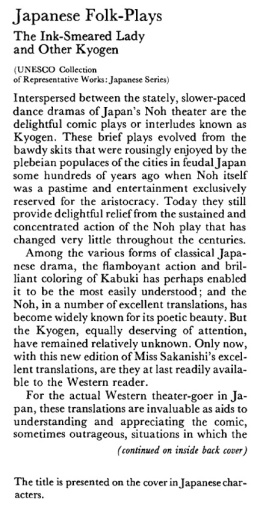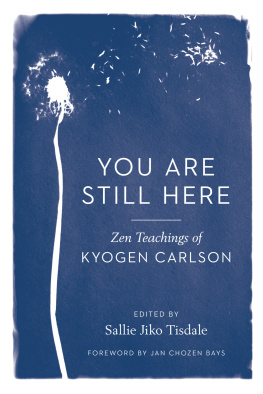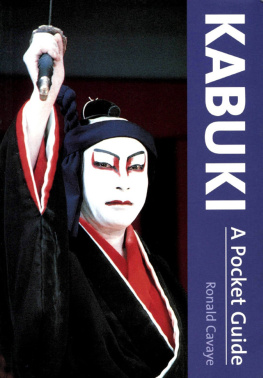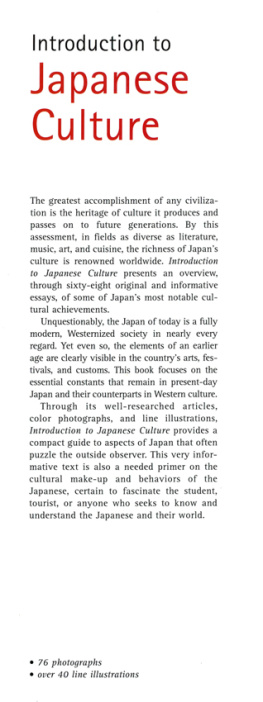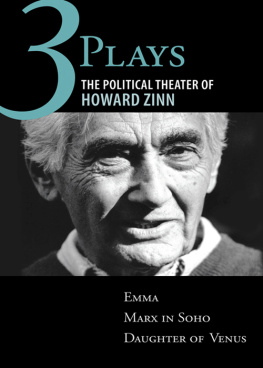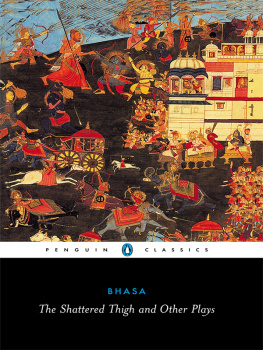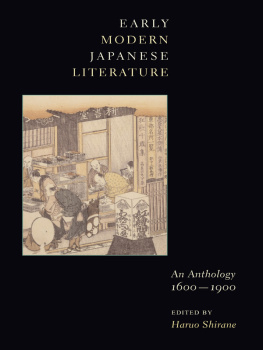BIBLIOGRAPHY
Western
Aston, William George, 1841-1911.
A HISTORY OF JAPANESE LITERATURE. New York, D. Appleton, 1899. xi, 408 pp. (Half-title: Short histories of the literatures of the world, ed. by E. Gosse.) "Bibliographical note": pp. 400-402. "A list of dictionaries, grammars, and other works of reference useful to students of Japanese": p.403.
Benazet, Alexandre, 1890-
LE THEATRE AU JAPON: esquisse d'une histoire liueraire... Paris, E. Leroux, 1901. xiii, 11-296 pp. illus., plates. "Bibliographie du theatre": pp. 289-294.
Florenz, Karl Adolf, 1865-
GESCHICHTE DER JAPANISCHEN LITTERATUR. Leipzig, C. F. Amelang, 1909. 3 p. 1., iii-x, 642 pp. (Added title page: Die Litteraturen des Ostens in Einzeldarstellungen. 10. bd.)
Gersdorff, Wolfgang, freiherr von, 1876-
JAPANISCHE DRAMEN, FUR DIE DEUTSCHE BUHNE. Jena, Diedericks, 1926. 205 pp., incl. plates.
Lombard, Frank Alanson, 1872-
AN OUTLINE HISTORY OF THE JAPANESE DRAMA, with an introduction by George Pierce Baker. London, G. Allen & Unwin, 1928. 358, 1 p., incl. illus., plates. "Authorities": pp. 353-354.
Noguchi, Yone, tr.
TEN KIOGEN IN ENGLISH. Tokyo, The Tozaisha, 1907. 193 pp.
Sadler, Arthur Lindsay, 1882-
JAPANESE PLAYS: NO-KYGEN-KABUKI. Sydney, Angus & Robertson, 1934. xxvi, 283 pp. illus., incl. plans.
Shimoi, Harukichi.
KVGEN, antiche farse giapponesi connumerose illustrazioni antichee una introduzione di H. Shimoi. Neapel, Collana dei Rami Fioriri di SAKURA. no. 3, 1920.
Japanese
I. Texts:
KYGEN-KI [Collection of kygen]. Edo,1848. 15 books with 1 50 plays. illus.
This is a reprint of the 1699-1700 edition. Hence texts are those of the Izumi school.
KYGEN NIJU-BAN [Twenty kygen], ed. by Yaichi Haga. Shuchin meicho bunko. Tokyo, Fuzanbo, 1903. 2d ed.
The basis of Dr. Haga's texts is a manuscript of the Sagi school.
KYGEN ZENSHU [A complete collection of kygen], ed. by Nariyuki Koda. Tokyo, Hakubunkan, 1903. 3 v . illus.
Dr. Koda took the printed texts of 1699-1700 and 1730 of the Izumi school as the basis for this work, but he also had access to excellent manuscript texts of the kura school, in the possession of Zennosuke Yasuda. Therefore, when there was a difference in story or diction between two schools, he was able to give the texts of both. For this reason, this is the most satisfactory edition we now have for students of kygen.
KYGEN-KI [Collection of kygen] , ed. by Hachiro Nomura. Yuhodo bunko. Tokyo, 1917. 2 v., with 200 plays. illus., plates.
Texts are of the Izumi school. Besides the original 150 plays, the editor added 50 more which were collected from the 18th century sources.
KYGEN SHUSEI [Cyclopaedia of kygen], ed. by Kaizo Nonomura and Tsunejiro Ando, Tokyo, Shunyodo, 1931. illus., plates.
Of 734 interludes included in the present edition, strictly speaking there are only about 250 kygen. The rest are either slightly different versions of the old kygen or the later parodies of the NO plays. The texts in general are of the Izumi school, with a few from the Sagi and the kura schools.
II. Articles:
BUNAN DENGAKU NO NOKI [A description of the dengaku NO performance in the Bunan era (1444-1448)], by Priest Jitsu. Gunsho ruiju. v. 19, pp. 712-717.
KYGEN NO KENKYU [Study of kygen] , by Katashi Sasano. Nihon bungaku koza. Tokyo, 1932. v. 7, pp. 347-377.
KYGEN NO KEITAI RON [Form and structure of kygen], by Katashi Sasano. Kokomo to kokubun-gaku. v, 8, no. 10, pp. 1650-1678.
NIHON GEKIJO ZU-SHI [Illustrated history of the Japanese theatre], by Yoshitaro Takeuchi. v. 1. Tokyo, Mibushoin, 1935.
SARUGAKU ENKAKU KO [Evolution of sarugaku] , by Shigeyasu Kawasaki (1799-1832). Onchi siisho, Tokyo, 1891. v. 8, pp. 1-30.
SARUGAKU DENKI [History of sarugaku] , Onchi sbsho, v. 12, pp. 1-72.
SEAMI JUROKU-B SH, by Motokiyo Seami (1363-1444); edited by Kaizo Nonomura. Tokyo, 1926.
TADASU GAWARA KWANJIN SARUGAKU NIKKI [Diary of the benefit sarugaku performance in the Tadasu Gawara], by Sogo Ise. Gunsho Tuiju. v. 19, pp. 717-721.
See also IHON TADASU GAWARA KWANJIN SARUGAKU NIKKI, a memorandum by one Shigechika Ushio, addressed to Zenbei Shishido, who was a tea master. Gunsho Tuiju. v. 19, pp. 722-723.
A LIST OF TRANSLATIONS OF KYOGEN
1. AKUB. The Priest and the Knave, trans. by Masujiro Honda and Frank Backus Williams. Oriental Review April 1913, v. 3, no. 6, pp. 427-429.
2. AKUTAR. Trans. by A. L. Sadler. Japanese Plays, pp. 150-151.
3. ASAHINA. Trans. by A. L. Sadler. Japanese Plays, pp. 92-95.
BSHIBARI. Pinioned. The Chrysanthemum, Aug. 1882, v. 2, no. 8, pp. 353-361.
BUSSHI. The Buddha-maker, trans. by A. L. Sadler. Japanese Plays, pp. 146-149.
6. BUSU. Somebody-nothing: an ancient Japanese farce, trans. by Michio I tow and Louis V. Ledoux. Asia, Dec. 1921, v. 21, no. 12, pp. 1011-1012.
_____(A kygen) trans. by Frank Alanson Lombard. Outline History of Japanese Drama, pp. 164-171.
_____. Le Poison, trans. by Noel Peri. "Farces japonaises." Japon et Extreme Orient, April 1924, v, 1, no. 5, pp. 385-393.
_____(A farce) "Around the Hibachi." Japan Maga- jine, June 1915, v . 6, no. 2, pp. 115-117. Summary.
CHA-TSUBO. Vaso di the, un kygen-farsa antica, trans. by Harukichi Shimoi and Rodolfo Vingiani. Sakura, v. 1, 1920, pp. 71-73.
8. DOBU-KACCHIRI. The Two Blind Men, trans. by Yone Noguchi. Ten Kiogen in English, pp. 48-67. Text in Japanese.
DOBU-KACCHIRI. The Two Blind Men, trans. by Yone Noguchi. The Yokyokukai. Jan. 1917, v . 6, no. 1, pp. 4-8.
9. DJJI (Mibu version). Summary translation by Frank Alanson Lombard. Outline History of Japanese Drama, pp.176-178.
10. DONTAR. Trans. by A. L. Sadler. Japanese Plays, pp. 133-135.
_____Summary translation by Oswald G. Tuck. "Some Comic Medieval Plays of Japan." Transactions and Proceedings of the Japan Society, London. 1924, v . 21, p. 4.
11. EBISU DAIKOKU. Ebisu and Daikoku, trans. by A. L. Sadler. Japanese Plays, pp. 71-72.
12. ESASHI JW. The Fowler, trans. by A. L. Sadler. The Far East, Oct. 8, 1921, v . 23, no. 492, pp. 359-360.
_____. _____, _____. Japanese Plays, pp. 109-111.
_____. The Bird-catcher in Hell, trans. by Arthur Waley.
_____ No Plays of Japan, pp. 255-259.
_____. _____, _____. "The Columbia University Course in Literature." The Wisdom of the East. Founders edition. New York, Columbia University Press, 1928. v . 1, pp. 559-561. Reprinted from the No Plays of Japan.
13. FUSE NAI. Pas d'aumone, trans. by Noel Peri. "Farces japonaises." Japan et Extreme Orient, Sept. 1924, v. 2, no. 9, pp. 148-156.
14. HAGI DAIMY. Trans. by Karl A. Florenz. Geschichte derjapanischen Litteratur, pp. 411-415.
15. HANAKO. (ZAZEN) Abstraction, trans. by Basil Hall Chamberlain. Literature of the Orient. London, Colonial Press, 1902. v, 8, pp. 283-296.
_____A Man and His Wife, trans. by Colin Campbell Clements. "Seven Plays of Old Japan." Poet-Lore, Summer 1920, v . 31, no. 2, pp. 197-203.
HANAKO. (ZAZEN) Die Busse, trans. by Wolfgang von Gersdorff. Japanische Dramen, pp. 152-178.
_____Mademoiselle Hana, trans. by Noel Peri. "Farces japonaises." Japon et Extreme Orient, May-June 1924, v . 1, no. 6, pp. 494-500.
_____Fraulein Hana, Japanische Farce, trans. by Noel Peri. Der Querschnitt. Nov. 1924, v. 4, no. 5, pp. 288-293. Reprinted from Japon et Extreme Orient.
_____. Trans. by A. L. Sadler. Japanese Plays, pp. 81-85.
HI NO SAKE. The Liquor-pipe, trans. by A. L. Sadler. Japanese Plays, pp. 136-140.
HONE-KAWA. Ribs and Skin, trans. by Basil Hall Chamberlain. "On the Medieval Colloquial Dialect of the Comedies." Transactions of the Asiatic Society of Japan, 1879, v. 6, part iii, pp. 383-396. Text in roman letters.

